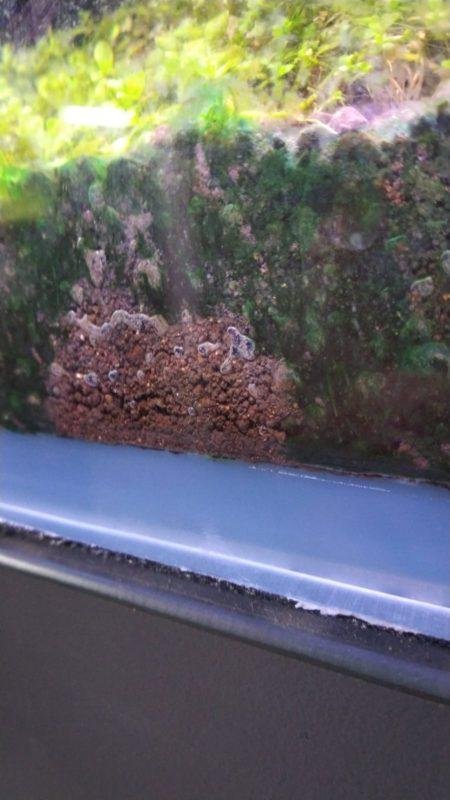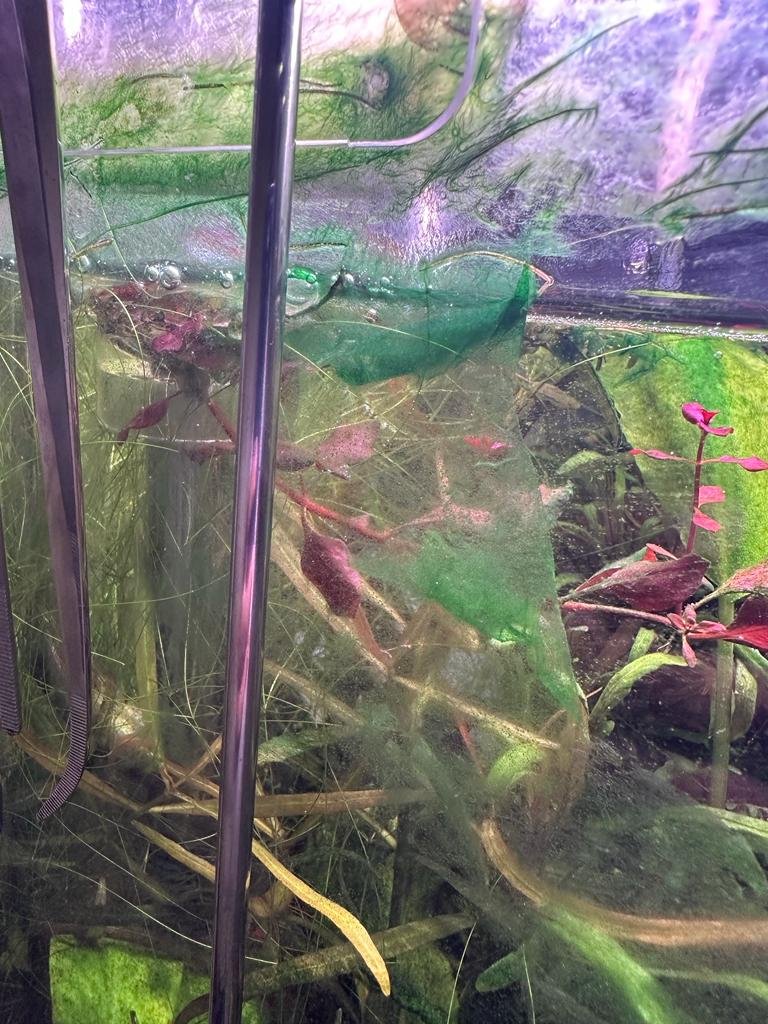Every aquarium lover can relate when they come across the term BGA. There is always a commotion and confusion around this topic; as the internet has advices on various methods to banish them and not all method could work on your tank. It is a highly displeasing and painful task to get rid of; and one has to consider a number of parameters before starting the process of eliminating. Let us discuss in depth about BGA.
Commonly known as the Blue Green Algae (BGA) or Cyanobacteria, it is not an Algae, although termed as one it is a self-growing bacterium. It thrives on photosynthesis and is identified by the lucid green-blue colour. It can also appear in shades of brown or even red (found in marine tanks).
The simple trick to identify BGA is through smell, normal algae doesn’t have a particular smell but BGA gives off a strong unpleasant moss or swamp like scent. Another common characteristic is its ability to photosynthesise; which means it grows similar to plants by using light as food source.

What brings BGA?
There are several triggers that cause BGA, here are a few for your glance:
- Everything to do with substrates. If your substrates don’t get a lot of fresh water and doesn’t have air pockets, that sparks the growth of BGA
- Low nitrates: if your tanks hold a lot of red plants and to boost its colour you tend to reduce the nitrates, that triggers BGA.
- High phosphate: this happens when you don’t carry out regular water changes and when you find organic waste building up.
- Too much light causes a burst of BGA growth; as we know that they consume light as food source; so, when your lights are lit for your plants, these murky greens are enjoying the photons along with them. ##Never ignore sunlight when we talk about light.
- If you recently replanted plants between your tanks, make sure to check for these bacteria, cause some plants may carry them and you may not notice during replantation.
- Warm water temperatures and light to no water movements can also start a spur of BGA growth.
To sum up, there is no one particular act that causes BGA, it could be the result of two or more reasons stated above.
Although there are multiple ways to get rid of them. The 1st and foremost effective way is through manual cleaning (be it on tanks, substrates, hardscapes or even on plants). Here’s a note, fish, shrimp or snails are not going to touch it, so introducing them to eliminate BGA is pointless. Since it is a bacterium, it is toxic and they know better than to feed on them. Let us discuss our options of destroying the cyanobacteria:
- Dose your nitrate levels if they are low; 10-20ppm should be good enough, continue this for 2 weeks. You would definitely start noticing changes
- If you have dense substrate that doesn’t allow a lot of air flow, you will have BGA, you can use a gravel vacuum to suction them out. This will not work if you have a densely planted tank or if you have a nutrient rich layer underneath your substrate then using a gravel vacuum will only mess it up.
- Some have found relief from antibiotic called erythromycin which is also used to treat bacterial infection in fishes. These antibiotics will slow down the growth of bacteria rather than wipe out the whole infestation. Also, they do not come with dosage instructions for bacteria, so what you can do is follow a 2-day dose. Hydrogen peroxide is said to have helped remove BGA but you should be very careful while using it (ideal measurement is 1ml to every 4ltr of water). An over dose can cause serious problems to your well-balanced tank; so we recommend you to turn off all filtration and water agitation, spot dose on the effected area, wait one hour and turn on filtration.
- The highly recommended one is a complete blackout treatment for about 2 to 3 days, cover your tank with blankets or black plastic covers to completely cut off light, even a small light beam will not yield desired result. Don’t worry about your fishes and plants surviving these days; they will, just ensure they are being provided with good supply of oxygen.
- Cut off on feeding; if you are feeding your fish 2 to 3 times a day, reduce that to one time a day, until you are rid of the BWA.
- See that your tank has equal water flow, if not try adding a pump to increase the flow as these bacteria tend to grow on still waters.
- Water change can also help you eradicate BGA, along with that you can even consider to clean and sterilise your filters and other equipment by simply dipping them in bleach for few minutes, air dry and wash them thoroughly under warm water.
- Some plants such as limnophyllus ceciloflora and retaliatunderfolia takes nutrients directly from water column and this ultimately robs cyanobacteria from its food source.
- Cold temperatures can slow down the growth rate of BGA, so if your plants and fish can survive a temperature lower than 24OC or 76OF, maintain that temperature to stamp out the bacteria.
How do we make sure it doesn’t come back?
Always monitor the following parameters:
- Keep phosphate levels low 0.1 to 1mg/L
- Keep your nitrate levels to 10-20 mg/L
- Maintain a temperature of 24OC or 76OF
Having said all this, never forget that this is a recurring process, once you see your tank with BGA, chances are that you may stumble upon them again. So, make sure you have a schedule maintenance of tank.
Wishing you all a happy BGA free tank. If you think we missed something, leave us a reply or comment on how you eliminated your greeny villain.
Remya is a Blogger by Interest, Cook by choice and a Trained Dancer by Art


